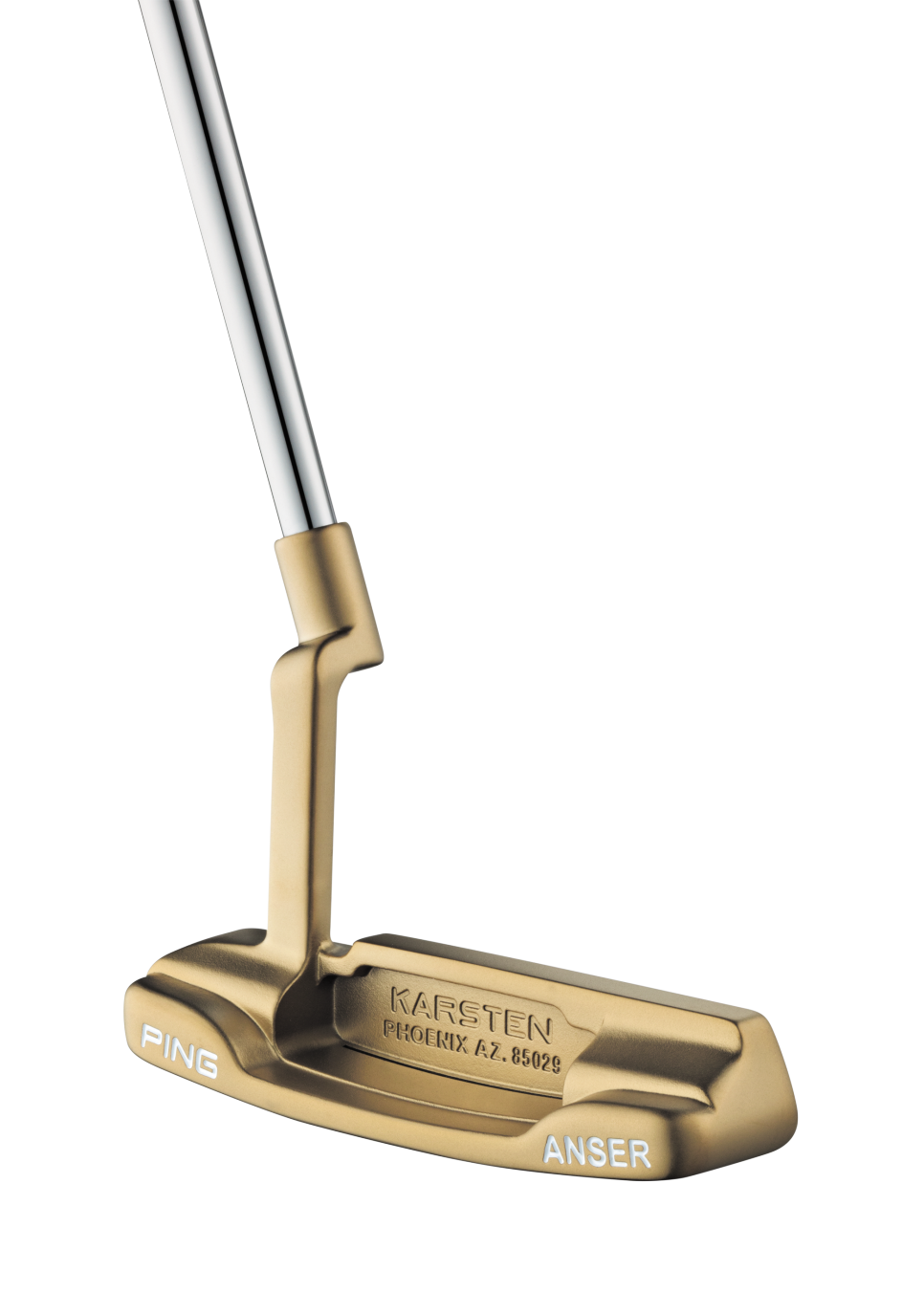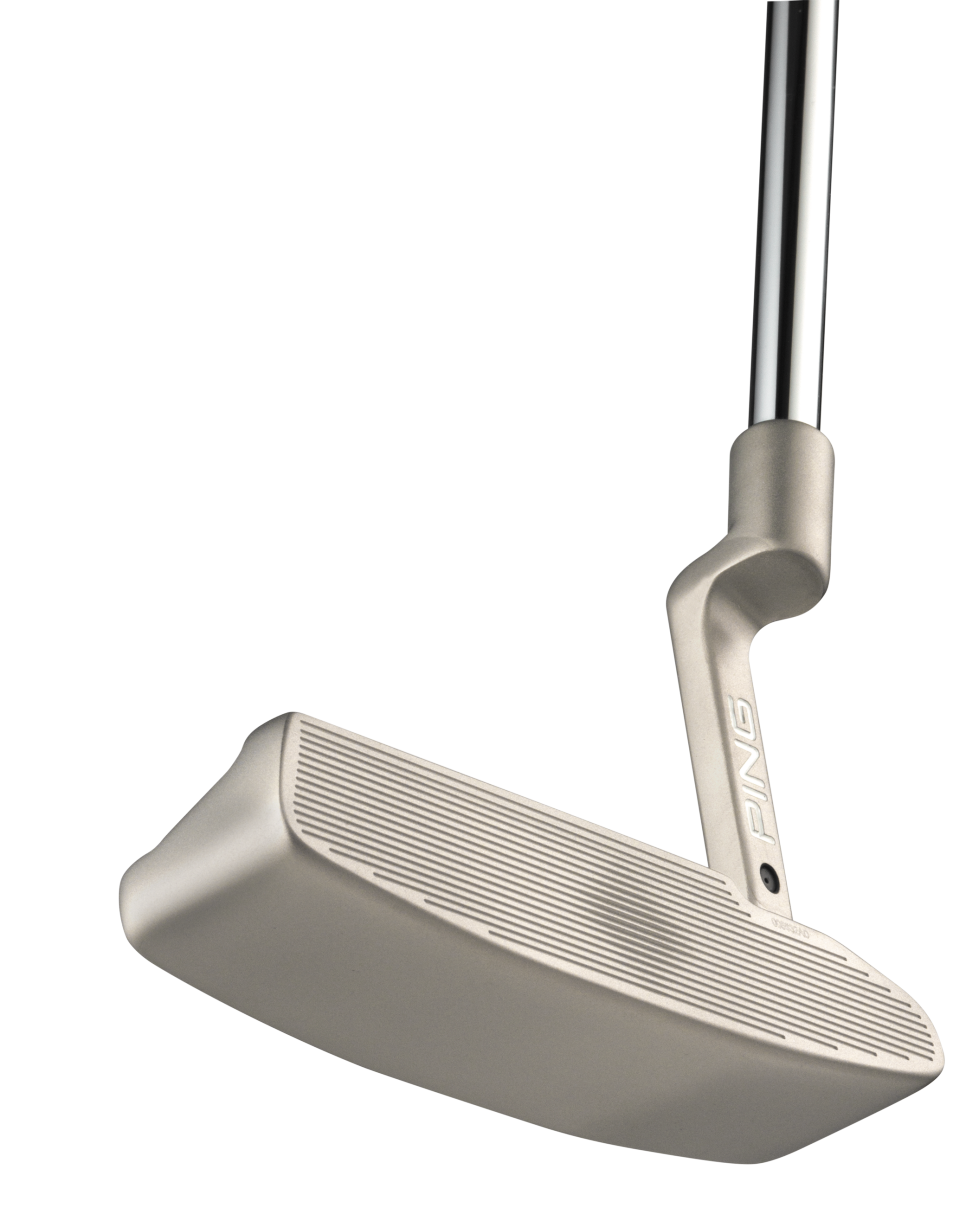News
Ping's Anser returns

It’s almost incomprehensible that the Ping Anser—the most popular putter style of all time—is coming up on having been around for 50 years. The Anser started with Karsten Solheim drawing it on a 78 r.p.m. record jacket in 1966. The patent was granted in 1967 and spawned a slew of copycats when the patent expired in 1984.
Today there’s another copycat of the club, and it comes from Ping itself. The company is introducing its TR 1966 line of putters, which consists of the TR 1966 Anser and TR 1966 Anser 2 models. To make the new models spot on to the originals Ping engineers relied on scans of the original Anser and Anser 2 to study the contours and radius details that Karsten shaped into the designs, as well as the hallmark sound slot in the sole.
“We took a couple of our original models and 3D scanned them,” said Marty Jertson, Ping’s senior design engineer. “We combined that with some of the Anser 2 details from the original prints. We brought some of our old prints out and really studied a lot of the nuances and details such as face shape radii, top rail thickness, the bevel along the top rail. There are even some things that weren’t on the prints but were on the actual parts, just from the way that we made our masters and molds back then. We really engineered our way around this.”

The TR 1966 Anser 2 features the steel blast finish and has a single white alignment line on the flange. These are not just replicas to admire while they sit in your office, however. Ping gave them a modern touch by adding its True-Roll face technology, where the face is milled to make off-center hits behave similar to center strikes. The headweight also is current day at 340 grams. The original was in the 290- to 300-gram range. The price for each of the models is $162.50. “The various versions of these putters have accounted for more than 750 wins,” said Jertson. “The history is pretty deep.”
For those seeking a little bit of a history lesson on the Anser, the record-jacket drawing was not unusual for Solheim. “He was a paper and pencil kind of designer, Ping CEO John A. Solheim told Golf World in 2009 of his father. “He would explain things and then he would have to draw it to get his point across.”
How the club got its name is nearly as interesting as how it was designed. Karsten had told his wife, Louise, he was determined to find an answer to the flaws of other putters used at the time. The day before Solheim’s brainchild was produced they were at the engravers going over details when Louise suggested he call it the Answer. Karsten balked, saying it was no name for a putter and, besides, the name wouldn’t fit on the toe. Louise held her ground and said, “Just leave out the w.” After Karsten could not come up with a better idea, the name was used.
And now it’s being used once again.